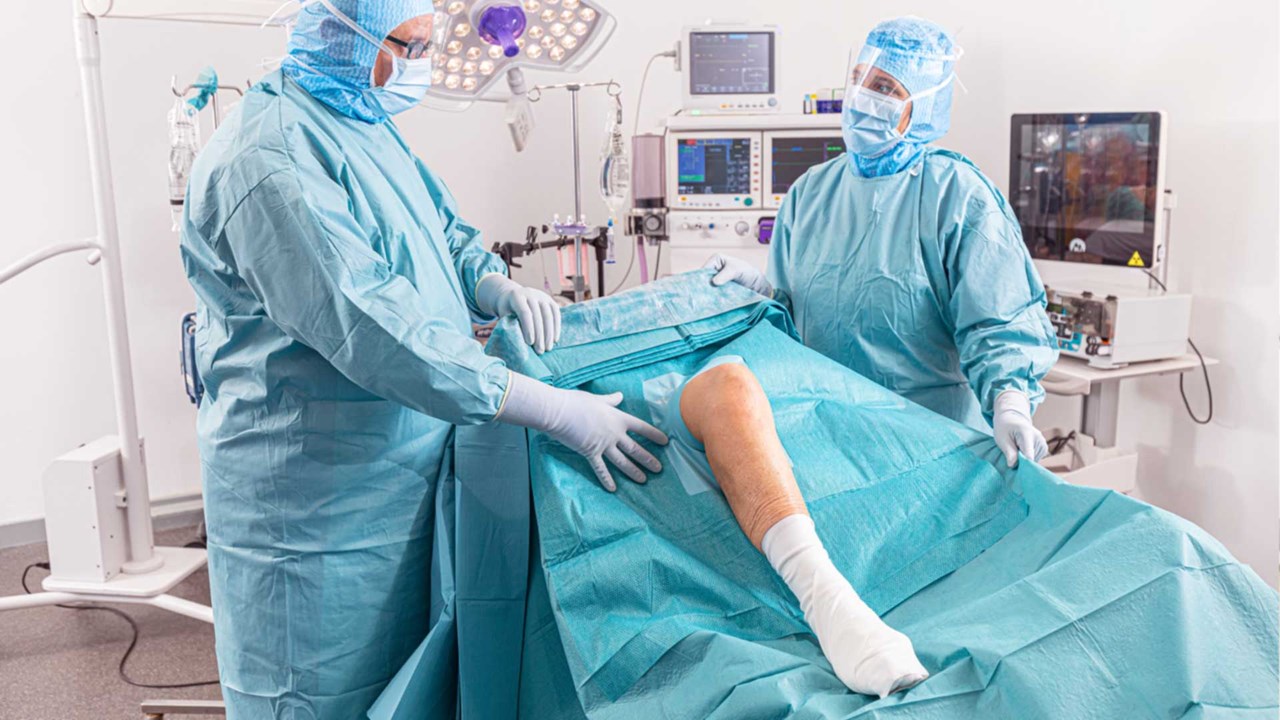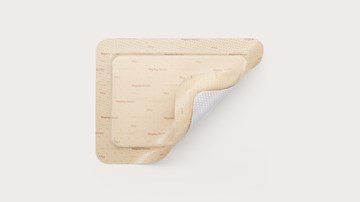Surgical care does not end when the surgery ends
Can you optimise healing with your post-operative dressing change protocol? Surgical care does not end when the surgery ends. Successful outcomes also depend on post-surgical incision care. Wound care dressings are a vital part of the healing equation because post-operative wounds are susceptible to infection and associated complications.
Download Consensus document

Traditional dressing change protocols, which rely on changing dressings on a schedule, whether or not a change is needed, can disturb wound healing. This can slow or stop healing entirely, exposing post-operative wounds to contamination and increasing the risk of a superficial Surgical Site Infection (SSI). Post-operative dressing change protocols need to change to reflect changing clinical understanding.
Similarly, post-operative wound care is dominated by conventional dressings, typically comprising a non-woven with an acrylic adhesive and an absorbing pad. These dressings tend to be low absorbing, lack barrier function and often cause painful skin damage. This type of dressing has been used for decades, and dressing change protocols are often simply a consequence of following ritualistic processes that have always been done. The 'always been done this way' approach of the frequent dressing changes necessitated by poor-absorption dressings can lead to the risk of contamination, higher costs of care in both material and clinician time, and disturbed healing. Looking into the future, what should a post-operative dressing protocol look like? What should be demanded of a post-operative dressing?






